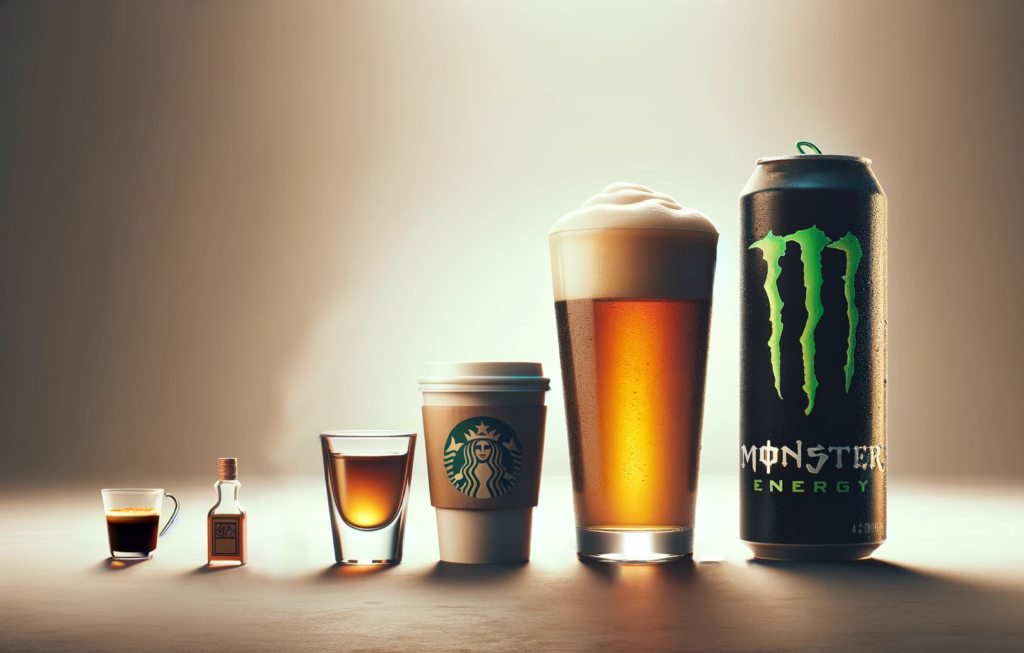A while back, I was working with a company in the nascent cannabis beverage industry which had a problem. Their drinks were well-liked, but not reaching their audience. They could figure out who wanted to drink these beverages, but not where.
You see, cannabis beverages have a challenge that alcoholic beverages don’t. Because a very strong 100mg dose of THC would lay a guy like me on my back for a week, while it might be barely perceived by a heavy daily user. With alcohol, however, even the most gin-blossomed professional doesn’t have quite as much distance between his dosage and the novice drinker’s.
So the company had to decide: which beverage do we make? The high intensity 100mg or the much more chill 5mg?
There were a lot of pressures that pushed the decision towards the higher dosage. The 100mg drinker was already familiar with the dispensaries, and was purchasing with much greater frequency. More importantly, the retailers had limited space for the relatively new category, and were making ordering decisions based off of their personal experience, ignoring the potential new customer that could be enticed into the shop for the first time with a 5mg option.
Despite this, all of our research showed that catering to the lower-dose user had the most potential. Although they purchased less frequently, they were a much bigger (and faster growing) market. They were also more open to cannabis in non-smoked forms, and many of these users even refused to inhale it, giving us an edge.
But targeting either of these customers alone is a fallacy. By focusing on who this drinker is, we’re ignoring what occasion they’re drinking for. And when you’re deciding what potency to target using this framework, it starts to become clear: the answer is both.
It’s a concept I like to call the Potion and the Talisman.

Like its name suggests, a Potion is something that is potent – a concentrated dose of whatever function you’re trying to provide, quickly administered so that the consumer can take it and get on with their day. It’s the short espresso you take before catching the train, the Five Hour Energy you keep in your bag for when it’s really needed, or the round of shots you take with your friends right when you get to the bar.
Contrast that with the Talisman: the item that doesn’t carry as much force as the potion, but imbues its user with the social currency to be present in a certain situation.
You are certainly allowed to be in a bar without a beverage, but there is a social expectation that you have one in hand. The pint of beer is the ticket to that public legitimacy – a shot of liquor doesn’t offer this for nearly as long.
Similarly, you might not get kicked out of the Starbucks if you were just sipping water and writing your screenplay for two hours. But cafes are for coffee, and so you need something to act as a parking permit. Too many espressos lead to third act problems, so you get a Venti drip. Less chemically potent, but more socially potent.
And if you walk around any restaurant an hour before opening, with a crew that’s working a double and needs a steady drip of stimulation, you’ll see that the energy drinks they’re holding are more likely to be the tall boys of Monster or Bang than the delicate slim cans of Red Bull.
Companies that make functional beverages need to remember the potency of their function, and keep in mind that more potent is not always better. The challenge with cannabis beverages is that we don’t innately know yet where these beverages will be consumed as the industry matures.
But we have some ideas: research suggests that most people consume them while relaxing at home, primarily or exclusively alone. They take them to unwind like a post-work beer, but they also take them later at night for sleep like a dose of melatonin. Many users report wanting a drink to pair with casual dinner at home, or something to have in hand while they’re watching Netflix.
Using the Potion and Talisman framework, you can start to map which of these cases need a Potion, and which need a Talisman.
Not every functional beverage company has the luxury of offering their customers both the Potion and the Talisman. Many are only able to offer 2 to 4 brands at scale. But too frequently, those companies tend to skew all of their limited offerings towards Potion, because that’s the side of the scale that offers more value per dollar.
And when every small supplier makes this same calculation, retailers aren’t having their customers’ needs fully met, so they limit access to small suppliers even more. I’m here to tell you that no matter how small your portfolio is, you will benefit by serving both sides of the spectrum as best as you can.
